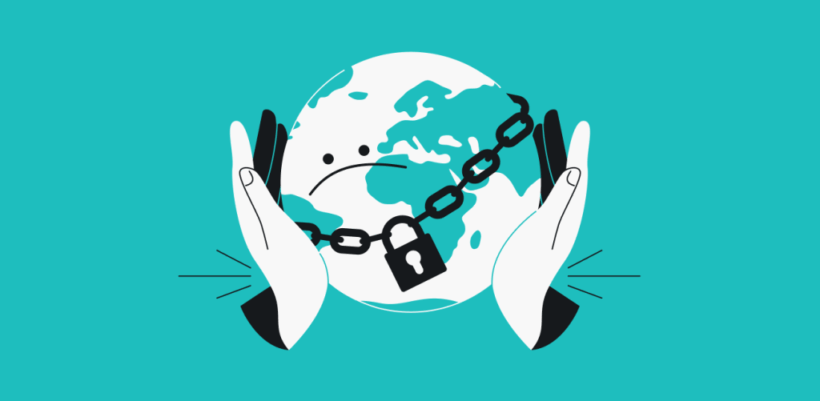Introduction: The Frustration of Digital Borders
Ever clicked on a link only to see the dreaded message: “This content is not available in your region”? Whether it’s a news site, a streaming service, or even a shopping page, geo-blocking feels like running into a digital wall. Luckily, there are reliable ways to access geo-blocked websites safely and easily—so you can surf the web without limitations.
Why Do Websites Get Geo-Blocked?
1. Licensing Restrictions
Streaming platforms like Netflix or Hulu restrict content based on agreements with studios.
2. Regional Laws
Certain countries block access to political news, apps, or platforms.
3. Business Policies
Some e-commerce sites limit services to specific regions.
4. Security Reasons
Websites sometimes restrict traffic from certain areas to prevent fraud.
How to Access Geo-Blocked Websites Safely
1. Use a VPN (Virtual Private Network)
A VPN reroutes your traffic through a server in another country, making websites think you’re browsing locally from there.
2. Try a Smart DNS
Smart DNS services don’t encrypt your traffic but can reroute your requests to bypass geo-blocking quickly.
3. Use Proxy Servers
Proxies can mask your location, but they’re often less secure and easily detected.
4. Tor Browser
Tor hides your IP by routing through multiple servers, though it’s slower for streaming or large files.
Best VPNs for Accessing Geo-Blocked Websites
1. ExpressVPN – Global Reach
- Servers in 94 countries.
- Fast speeds for streaming, gaming, and browsing.
- Works with Netflix, BBC iPlayer, Hulu, and more.
2. NordVPN – Reliable and Secure
- NordLynx protocol ensures fast, private browsing.
- Great for bypassing censorship and regional blocks.
- 10 simultaneous device connections.
3. Surfshark – Unlimited Devices
- Affordable with unlimited connections.
- Works on laptops, phones, Smart TVs, and more.
- CleanWeb feature blocks ads and trackers.
4. CyberGhost – Beginner-Friendly
- Dedicated servers for specific websites and streaming platforms.
- 7 devices supported per account.
- Easy one-click setup.
Tips for Success When Accessing Blocked Websites
- Clear browser cookies before connecting to avoid location leaks.
- Choose the right server based on the website’s region.
- Enable split tunneling to route only blocked sites through the VPN.
- Update your VPN app regularly for best performance.
Analogies to Simplify It
- Geo-Blocked Website = Locked Door – You’re outside, unable to enter.
- VPN = Master Key – It unlocks the door by giving you the right identity.
- Smart DNS = Shortcut Path – You skip the usual route and bypass the block quickly.
Conclusion
Geo-blocked websites don’t have to be the end of your browsing. With tools like VPNs, Smart DNS, or even Tor, you can access restricted sites safely and enjoy the internet without digital borders. The best choice for most people? A VPN—because it combines security, speed, and global access in one powerful package.
FAQ
- Why can’t I access some websites abroad?
Websites use geo-blocking based on your IP address to restrict content by region. - What’s the fastest way to bypass geo-blocks?
A premium VPN is the fastest and most secure method. - Can free VPNs unblock geo-restricted sites?
Rarely—most free VPNs are slow, unsafe, and often blocked by major platforms. - Is it legal to bypass geo-blocking?
Yes, using a VPN is legal in most countries, though some regions restrict VPN usage. - Which VPN works best for streaming abroad?
ExpressVPN and NordVPN are top choices for unlocking streaming services reliably.

